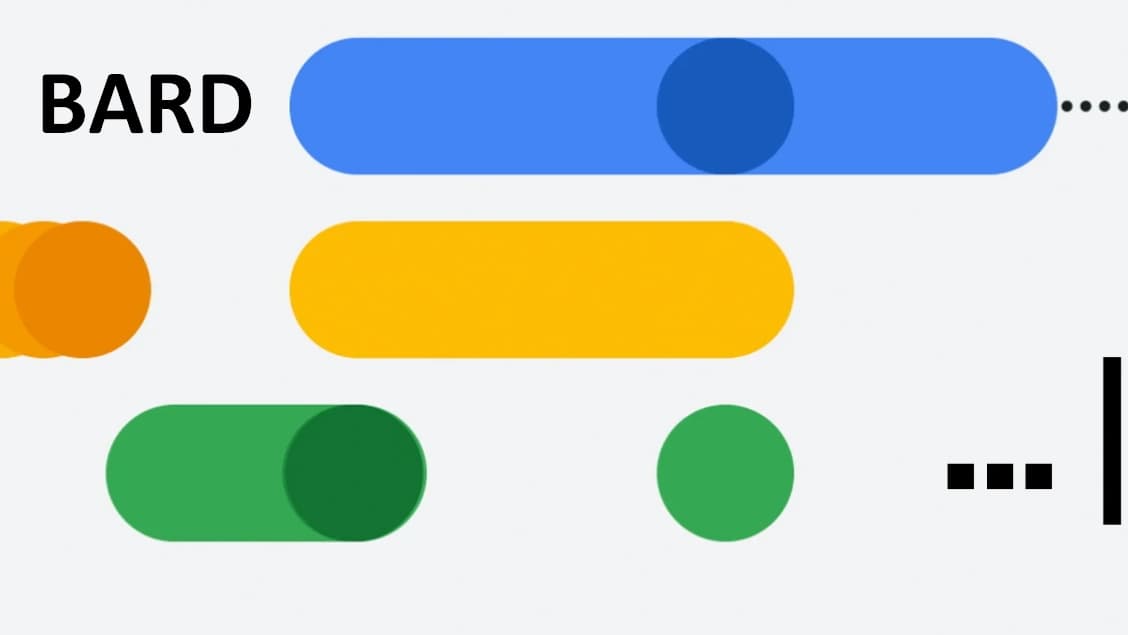
Today, I am going to talk about Google's latest development in AI, Bard. It's an experimental conversational AI service that LaMDA powers. Google has invested heavily in AI and reoriented the company around it six years ago. So let's dive into the details!
Google has been making significant contributions to generative AI, as seen in their Transformer research project and field-defining paper in 2017. Bard is the latest development in AI from Google, and it combines the world's knowledge and the power of large language models. As a result, users can easily simplify complex topics and get new, high-quality responses to their questions.
One of the best things about Bard is that it draws information from the web, making it an excellent tool for exploring diverse perspectives and opinions. Google has released Bard with its lightweight model version of LaMDA, which requires less computing power, enabling Google to scale to more users. Bard's responses must meet a high standard of quality, safety, and groundedness in real-world information.
Google has a long history of using AI to improve Search for billions of people. BERT, Google's first Transformer model, was revolutionary in understanding human language. Two years ago, Google introduced MUM, 1,000 times more potent than BERT, which has a next-level and multilingual understanding of information. Google's newest AI technologies, like LaMDA, PaLM, Imagen, and MusicLM, create entirely new ways to engage with information, from language and images to video and audio.
Google is working on bringing these latest AI advancements into its products, starting with Search. Google is developing AI-powered features that distill complex information and multiple perspectives into easy-to-digest formats, making it easier for people to get to the heart of what they're looking for and get things done. In addition, AI can be helpful in synthesizing insights for questions where there is no one correct answer. These new AI features will begin rolling out on Google Search soon.
Google's investment in AI has created new and exciting technologies to help people access information, explore diverse perspectives, and gain deeper insights and understanding. Bard and Google's AI-powered features in Search will enable people to learn more from the web, potentially improving billions of lives.
AI has already had a significant impact on businesses. For example, many companies use AI to automate routine tasks, such as data entry and customer service, allowing employees to focus on higher-value work. AI is also helping businesses to make better decisions by providing insights and predictions based on data analysis.
[sp_easyaccordion id="5148"]
With over 15 years at the forefront of strategic business growth, Sanjay Bhattacharya collaborates with CEOs and founders to reshape market positioning and drive sustainable success. Throughout his journey, he has worn many hats—from Fractional CMO for fast-growing startups to serving as Head of Marketing & Business Strategy at PRIMOTECH. He has been Featured in Under30CEO, American Marketing Association, CMO Times, CTOsync, DesignRush, Earned, HubSpot, MarketerInterview, and more.